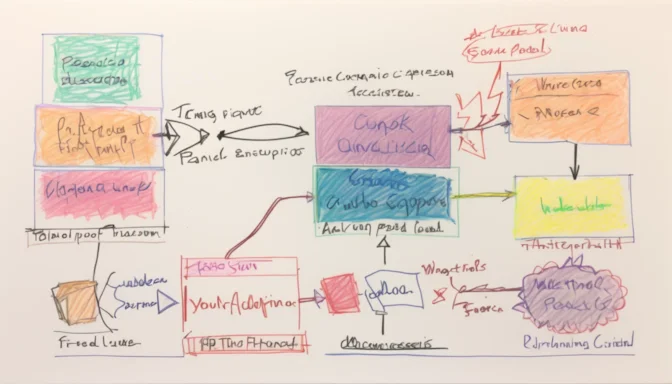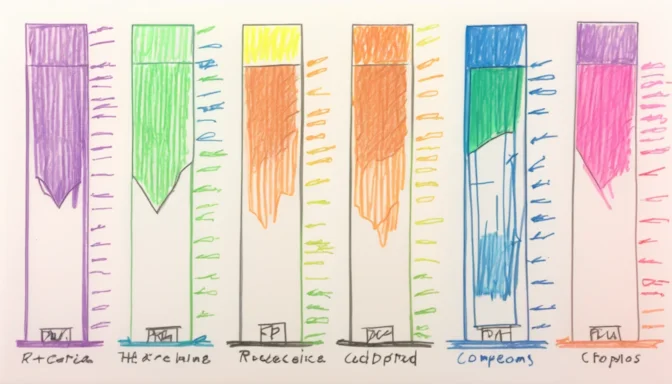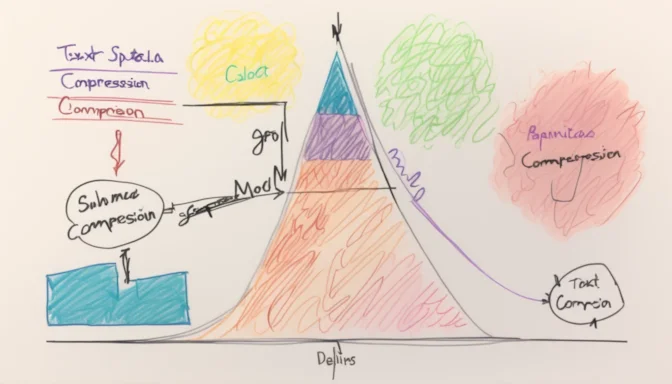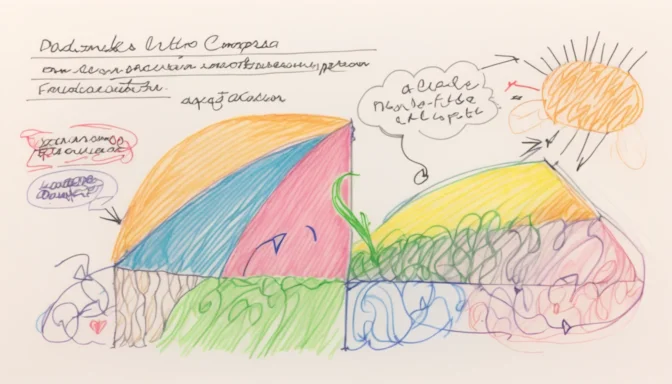What is Text Compression?

Text compression is the process of reducing the size of a text file to save storage space and speed up data transmission. Methods for compression range from lossy techniques like text summarization to lossless ones like Huffman coding and Lempel-Ziv-Welch (LZW) algorithms.
Methods of Text Compression

Various methods exist for text compression. Lossy methods like text-to-speech synthesis and text simplification aim to reduce text complexity. On the other hand, lossless methods such as Huffman coding, LZW, and run-length encoding (RLE) work to preserve the original data.
Examples of Text Compression

A classic example is compressing children's stories or rhymes, which often have repeated words or sequences. The LZW algorithm is particularly effective in this context, creating a dictionary of frequently occurring phrases and replacing them with shorter codes.
Types of File Compression

File compression is generally categorized into three types: lossy, lossless, and hybrid. Common algorithms include gzip, bzip2, and lzo. Lossless compression is frequently used for text files, ensuring that the original data and the decompressed data are identical.
Most Common and Reliable Compression Formats

When it comes to popular formats, ZIP usually employs the DEFLATE algorithm. Reliability varies based on user needs, including the compression ratio and decompression speed. High-efficiency formats include ZPAQ and ARC, while 7Z and RAR are known for quick decompression.
Advantages of Text Compression

The primary benefits of text compression include reduced storage costs and quicker data transmission times. By compressing files, you not only save valuable storage space but also cut down on the associated hardware and bandwidth expenses.
 E-Commerceo
E-Commerceo
